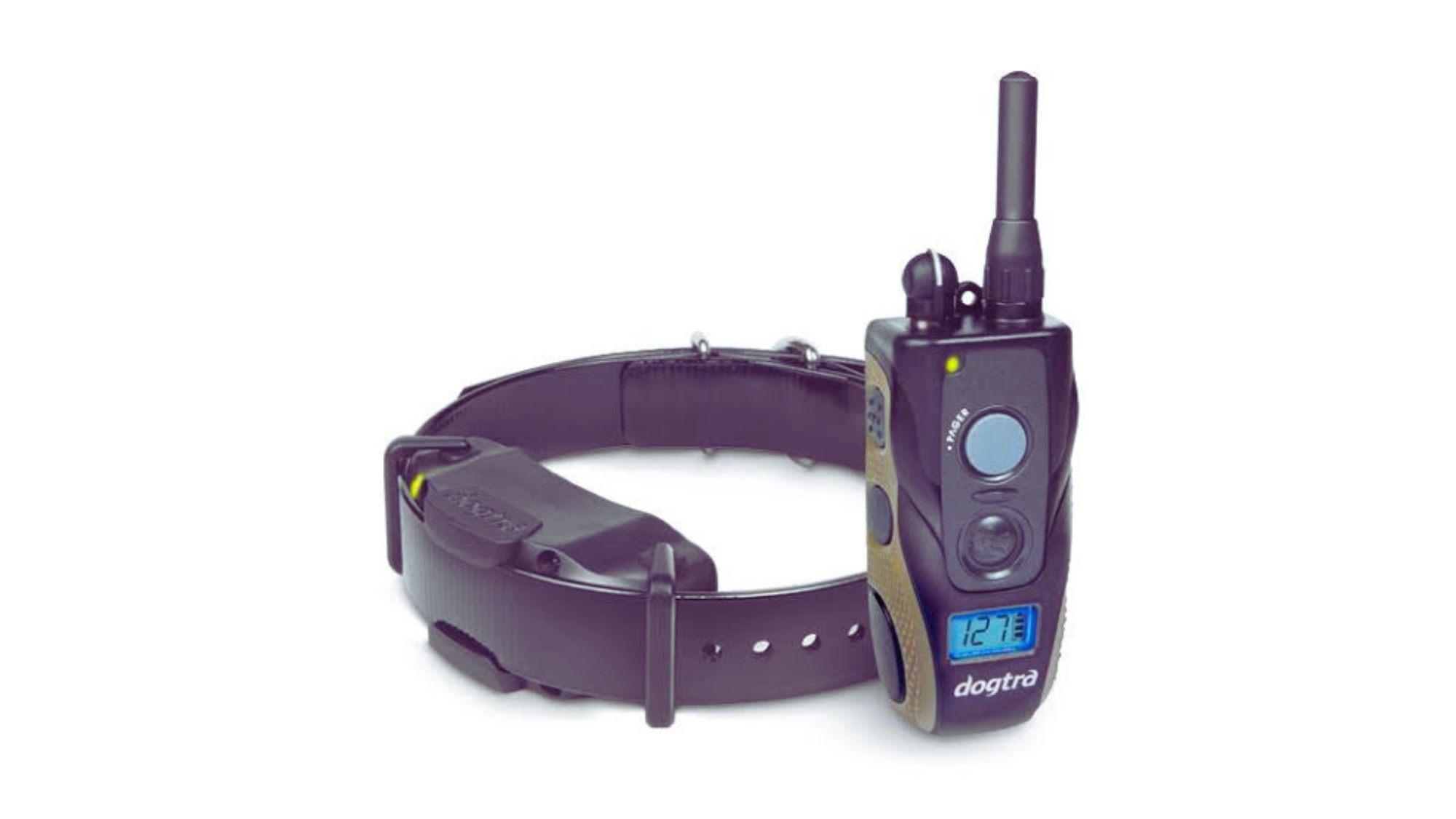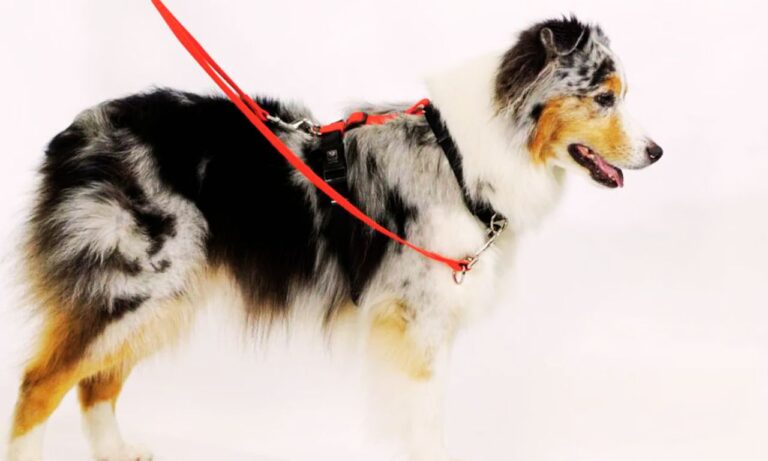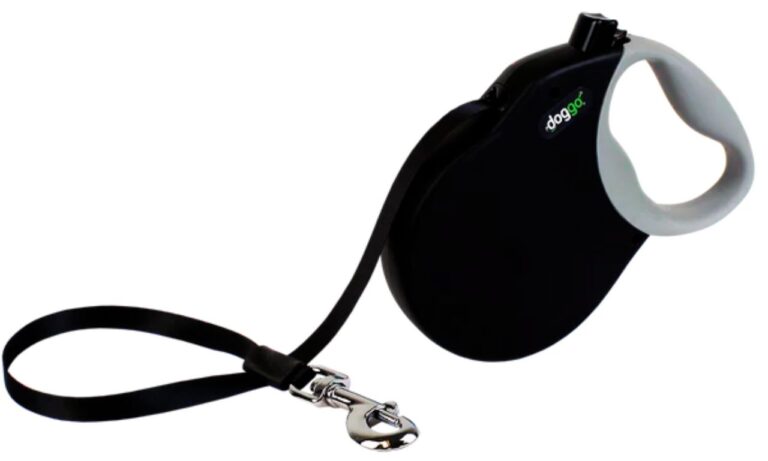| Summary: The Dogtra 1900S is a professional-grade training collar with adjustable stimulation, vibration, and tone modes. To use it effectively, properly fit the collar, select the desired training mode, and adjust the stimulation level. Pair the collar with the transmitter and reinforce desired behaviors with consistent training and positive reinforcement. |
The Dogtra 1900S is a professional-grade dog training collar that combines advanced features and user-friendly operation. Whether you’re training a high-drive working dog or reinforcing basic obedience with your pet, this collar offers a wide range of functionalities, including adjustable stimulation levels, vibration, and tone modes, ensuring effective and humane training.
However, using the Dogtra 1900S to its full potential requires understanding how to properly set it up, Dogtra 1900s how to use, and troubleshooting common issues.
Blog Highlights
ToggleWhat is the Dogtra 1900S?
The Dogtra 1900S is a high-quality training collar designed for professional trainers and pet owners alike. With a range of features tailored to address various training needs, the 1900S is equipped to handle obedience training, behavior modification, and off-leash control for dogs of all sizes. The American Staffordshire Terrier’s coat type is short, sleek, and easy to maintain with regular brushing.
Key Features of the Dogtra 1900S
The Dogtra 1900S How To Use collar features a high-performance transmitter, rechargeable battery, and waterproof design. It offers adjustable stimulation levels for customized training and is built to last.
The Dogtra 1900S offers one of the best combinations of durability, performance, and versatility, making it suitable for a variety of training environments. Whether you’re working with a stubborn dog or need to manage multiple dogs at once, the 1900S is designed to help you achieve better training results with ease.
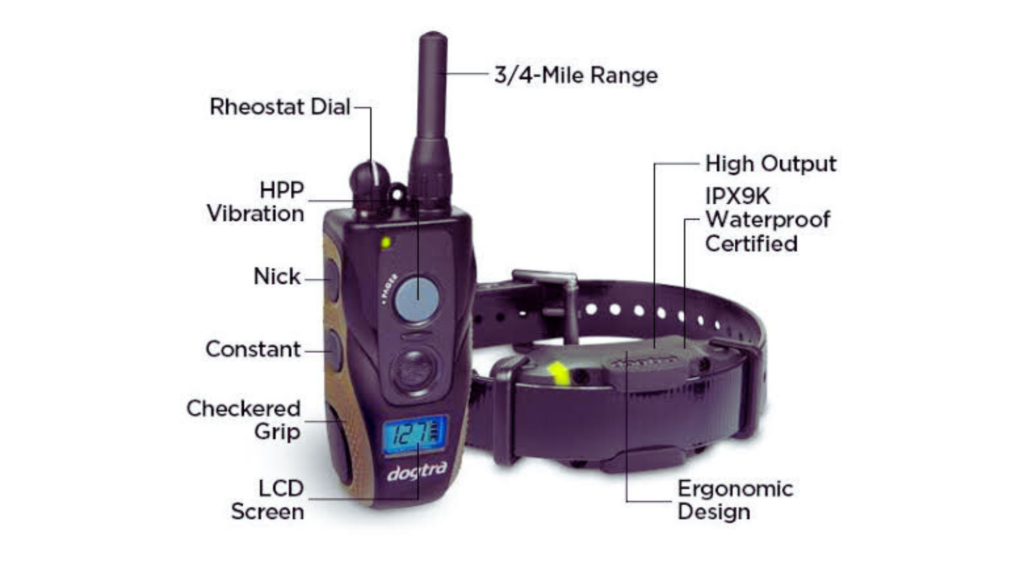
How to Properly Fit the Dogtra 1900S Collar
Fitting the Dogtra 1900S collar correctly is essential for ensuring the device works effectively and comfortably for your dog. A poor fit can lead to inconsistent stimulation, skin irritation, or discomfort. Follow these steps to properly fit the collar and make the most of the Dogtra 1900S How To Use guide for optimal performance:
Step 1: Position the Receiver Correctly
Place the receiver collar just below the dog’s ears on the side or front of the neck. It is important to avoid positioning the collar on the throat, as this can interfere with the dog’s breathing and cause discomfort.
Step 2: Adjust the Collar Strap
The collar should be snug enough to make good contact with the dog’s skin but not tight enough to cause pressure sores. You should be able to fit two fingers between the collar and your dog’s neck. If you have a dog with thick fur, you may need to adjust the collar or use longer contact points to ensure proper contact.
Step 3: Check for Skin Irritation
To prevent irritation, remove the collar for a few hours each day if your dog is wearing it for extended periods. This will allow the skin to breathe and help prevent pressure sores. Learn if Dachshunds need special collars to provide the right support and comfort for their unique body shape.

Step 4: Choose the Right Contact Points
Ensure that the contact points are appropriate for your dog’s size to provide effective stimulation. Larger dogs or those with thicker fur will benefit from longer contact points, while smaller dogs may require shorter ones.
Understanding the Dogtra 1900S Transmitter and Controls
The Dogtra 1900S How To Use transmitter is designed to be intuitive and easy to use. It features several buttons and dials that control various aspects of the collar’s functionality. Here’s a breakdown of the transmitter’s key controls:
Key Components of the Transmitter
- Power Button: Turns the transmitter on and off.
- Stimulation Dial: Adjusts the intensity of static stimulation (0-127 levels).
- Nick (Momentary) Button: Delivers a quick burst of stimulation to get the dog’s attention.
- Continuous Button: Sends continuous stimulation for up to 12 seconds.
- Pager (Vibration) Button: Activates a non-stimulating vibration signal.
- Test Button: Tests the collar’s functionality to ensure proper operation.
How to Pair the Collar and Transmitter
- Power off the Collar and Transmitter.
- Press the Pairing Button: On the receiver collar, press and hold the pairing button until the LED indicator flashes.
- Activate Pairing Mode on the Transmitter: Press the Nick and Continuous buttons on the transmitter at the same time for a few seconds.
- Confirm the Pairing: The collar’s LED will flash briefly before turning solid, indicating successful pairing.
Once paired, you’re ready to start using the collar for training. Make sure that both the collar and transmitter are charged and fully operational. Discover the best collar size for a French Bulldog puppy to ensure both safety and comfort during their growing stages.
Dogtra 1900s How To Use: Step-by-Step Guide for Using the Dogtra 1900S Collar
Using the Dogtra 1900S collar effectively involves more than just adjusting the stimulation levels. It’s important to understand how and when to apply the various functions to get the best results from your training sessions. Here’s a step-by-step guide for using the collar:
Step 1: Select the Proper Training Mode
The Dogtra 1900S offers three primary modes for training:
- Nick (Momentary): This delivers a brief, immediate stimulation to capture your dog’s attention. It is ideal for correction during obedience training or when trying to prevent undesirable behaviors.
- Continuous: This mode delivers a continuous stimulation for up to 12 seconds, making it useful for teaching commands or behaviors that require longer reinforcement.
- Pager (Vibration): This non-stimulating vibration mode is ideal for dogs that are more sensitive or for those who respond better to a mild signal before more intense correction is needed.
Choose the training mode based on the situation, your dog’s temperament, and the desired outcome.
Step 2: Adjust the Stimulation Level
The Dogtra 1900S allows you to adjust the stimulation intensity from 0 to 127 levels, giving you precise control over the collar’s output. Start with the lowest level and gradually increase it as needed based on your dog’s reaction. It’s important to use the lowest effective level to avoid causing unnecessary discomfort.
Step 3: Begin Training
Start by using positive reinforcement techniques such as praise or treats when your dog follows commands correctly. If the dog does not respond to your voice commands, apply a momentary stimulation using the Nick button to get the dog’s attention. For more persistent issues or if the dog ignores the initial correction, increase the level slightly or switch to the Continuous mode.

Step 4: Reinforce Behavior
Always use the collar as a reinforcement tool, not as a punishment. When your dog responds correctly to a command or behavior, immediately reward them with praise or treats. Consistent reinforcement will help your dog learn the correct behaviors more effectively.

Step 5: Gradually Decrease Stimulation
As your dog becomes more responsive to commands, you can gradually decrease the stimulation level to maintain positive behavior with less reliance on the collar. This will help reinforce good behavior and improve your dog’s response to commands. Understand if French Bulldogs can wear dog collars and how it affects their neck structure and overall health.
Training Techniques and Tips for Success
Using the Dogtra 1900S collar effectively requires a combination of the right techniques and consistency. Here are some valuable training tips:
- Start Slow: When first using the collar, start with basic commands and low-level stimulation. Allow your dog to become accustomed to the collar before progressing to more advanced training.
- Use Positive Reinforcement: Always pair the use of the collar with positive reinforcement, such as treats or praise, to motivate your dog and strengthen the bond between you.
- Avoid Over-Correction: Be careful not to over-correct your dog. Use the lowest effective stimulation level and gradually increase it if necessary.
- Consistency is Key: Be consistent with commands and training techniques. This helps your dog understand what is expected and ensures a quicker learning process.
Common Troubleshooting Tips
If your Dogtra 1900S collar isn’t working as expected, here are some troubleshooting tips:
Maintaining Your Dogtra 1900S Collar
Proper maintenance is essential for prolonging the life of your Dogtra 1900S collar. Here’s how to care for it:
- Charge Regularly: Avoid letting the battery fully deplete. Charge the collar after each use to ensure it is ready for the next training session.
- Clean the Contact Points: Wipe the contact points regularly with a clean cloth to prevent dirt buildup and skin irritation.
- Store Properly: When not in use, store the collar and transmitter in a cool, dry place. Avoid leaving them in direct sunlight or extreme temperatures.
- Inspect for Wear: Regularly check the collar and transmitter for signs of wear and tear. Replace any damaged parts promptly.
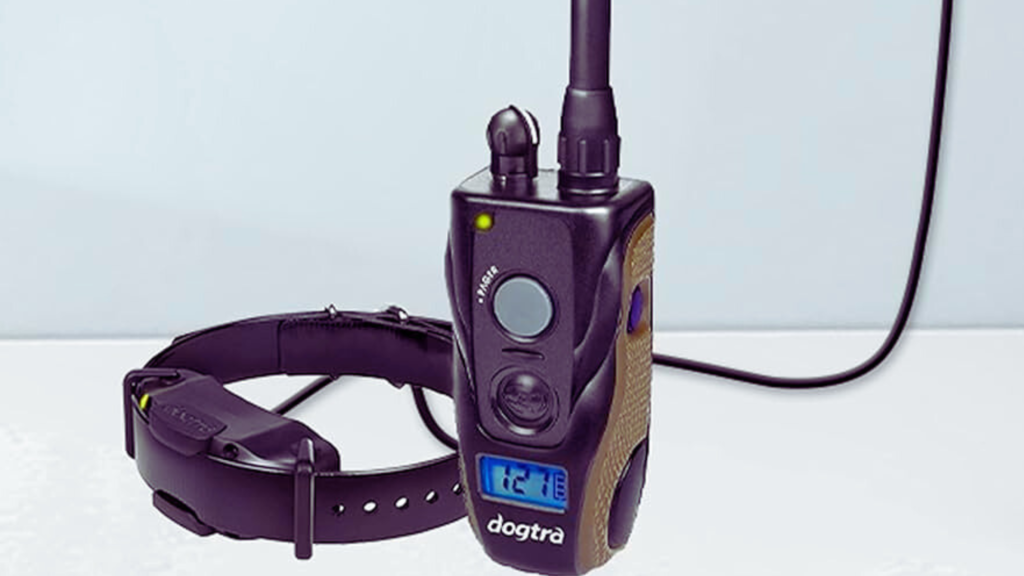
Wrapping Up
The Dogtra 1900S is a powerful and reliable training collar that provides professional-grade features in an easy-to-use design. By properly fitting the collar, understanding dogtra 1900s how to use the transmitter and controls, and following the recommended training techniques, you can effectively train your dog while ensuring their comfort and safety.
Whether you’re teaching basic obedience, recall, or correcting unwanted behaviors, the Dogtra 1900S provides the tools you need to succeed. With proper use and regular maintenance, this collar will remain a valuable training tool for years to come.

